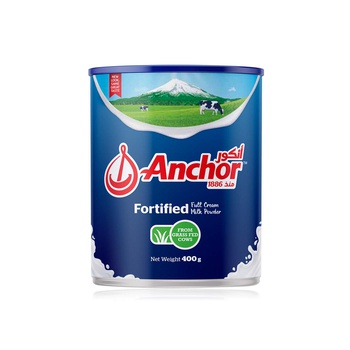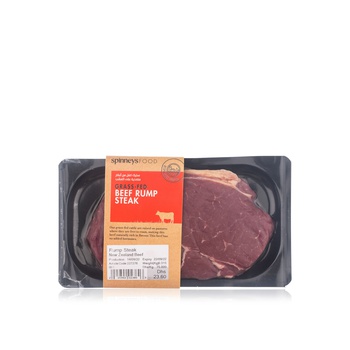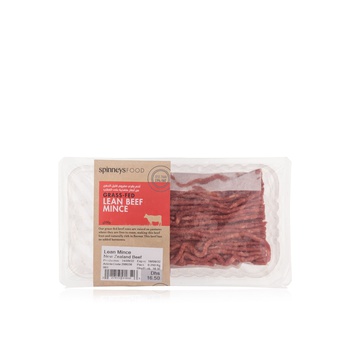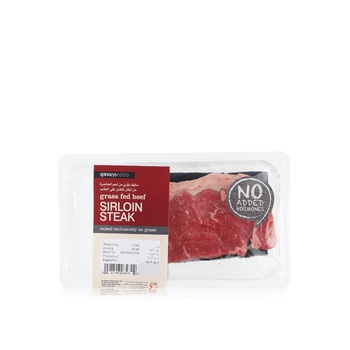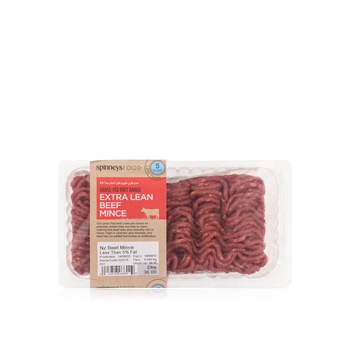Thanks to Peter Jackson’s Lord of the Rings trilogy, New Zealand’s vast, open vistas have been seen by an estimated 150 million people worldwide. The country’s rolling hills, wild forests and snow capped peaks have captured imaginations of families across the globe, but what most don’t realise is that the mind-blowing fairytale world created by Jackson isn’t computer generated; every location you see on-screen is the real deal. Middle Earth is New Zealand and this gives you some indication on how incredible the local landscape is and how it’s perfect for the agriculture, food and fishing industries.
Free to roam
With more than 45% of New Zealand’s total land area being farmed for agricultural and horticultural use, it’s a given that you’re going to bump into some livestock. Especially so, as there are also 27 million sheep that graze on the country’s fresh, green grass. To highlight the fantasy world of New Zealand’s agricultural sector, Hobbiton, the home of Bilbo Baggins and Frodo in the film trilogy, is in real life, a 1,250-acre sheep farm set in the heart of the Waikato and after the filming ended, the farm’s 13,000 sheep took over the set, unaware of their famous grazing ground.
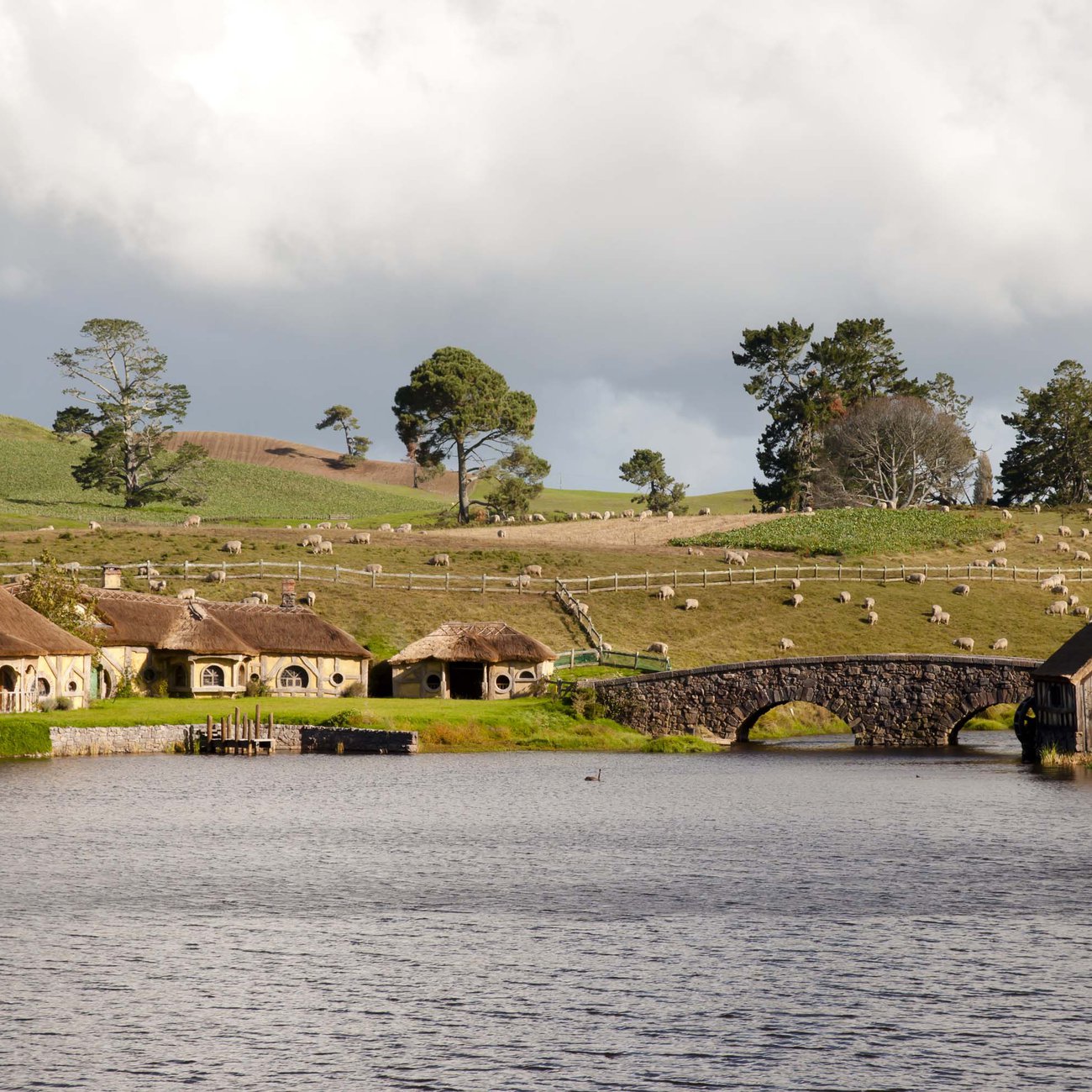
13,000 sheep graze on the set of Hobbiton
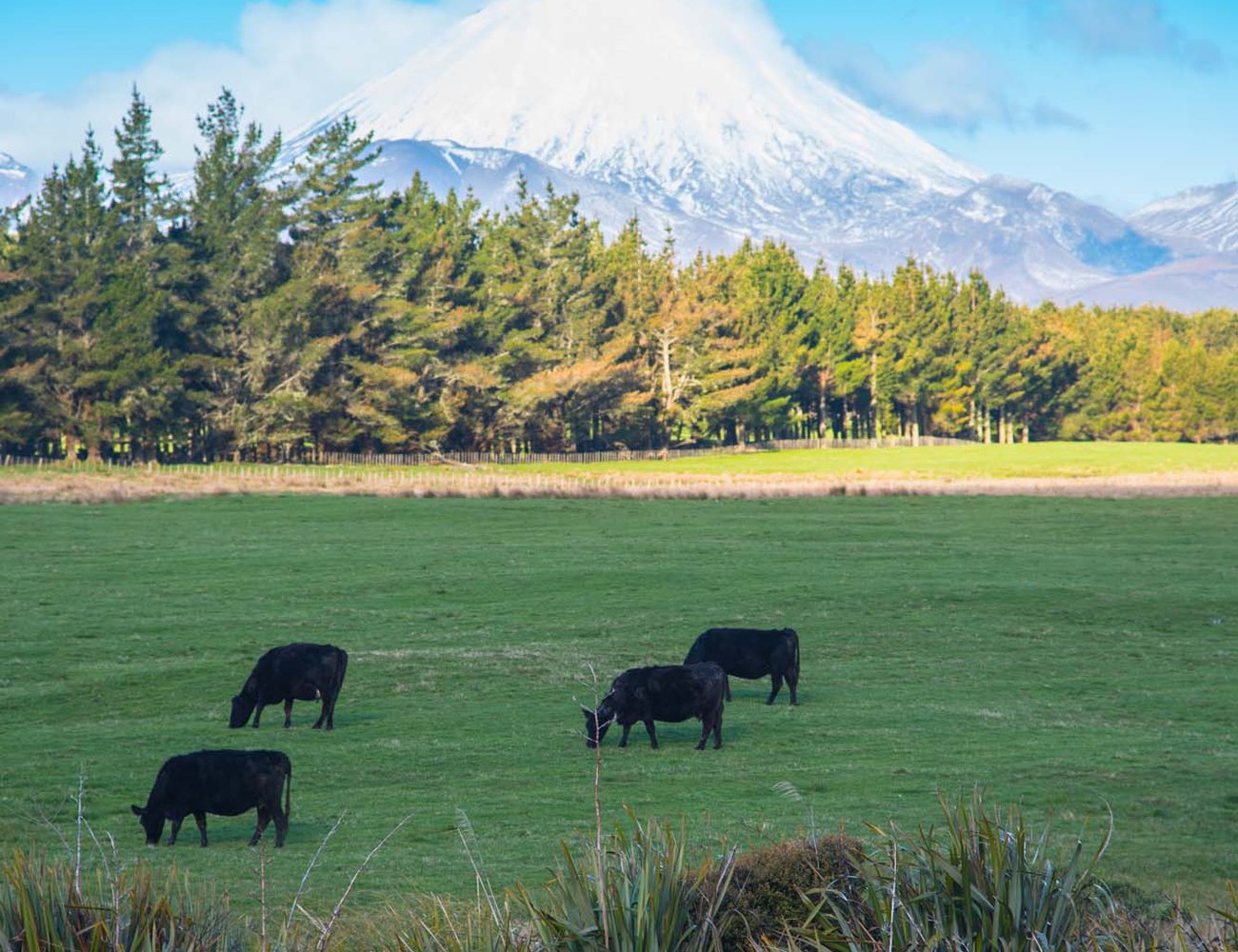
Some of New Zealand's 6.6 million cows graze under Mount Ngauruhoe - Mount Doom in the films
With 2.5 sheep per for every person, sheep farming is a major rural activity, but it’s beef and dairy that really puts New Zealand on the agricultural map. There is a staggering 6.6 million cows spread across the islands and all of them are born and raised completely free – no sheds and no pens. Livestock is predominantly grass-fed too, so, as you can imagine, the mix of pure air, fresh water and unspoiled pastures creates arguably, the world’s finest grazing grounds and top quality meat.
Happy, free and healthy cattle in return don’t just only produce the best fresh beef and burgers from Spinneys favourites Angel Bay and ANZCO, but also the freshest milk and milk related products, such as milk powder form Anchor, Cocowow’s vegan yoghurts and Mother Earth’s peanut butter. Even New Zealand’s favourite chocolate maker Whittaker's, benefits from all that super fresh, local milk, as it helps them produce a world class chocolate – one which tastes totally different from your usual bar. Definitely worth searching for on the Spinneys.com home page.

As well as cattle and sheep, New Zealand is also home to chickens, lots of chickens – enough to produce 900 million eggs a year along with 15 million fowl raised for meat. Spinneys stock a large selection of Tegel’s premium chicken products, and again, they all live either cage-free, or in totally free-range conditions.
Further south, on the shores of Lake Pukaki (Lake Town in The Hobbit: The Desolation of Smaug), Mt Cook’s alpine salmon make the most of the purest, ice-cold freshwater on the planet. Farmed in the fast-flowing, highly oxygenated water with minimal human intervention, the prized fish are known as ‘Nature’s Finest Tasting Salmon’.
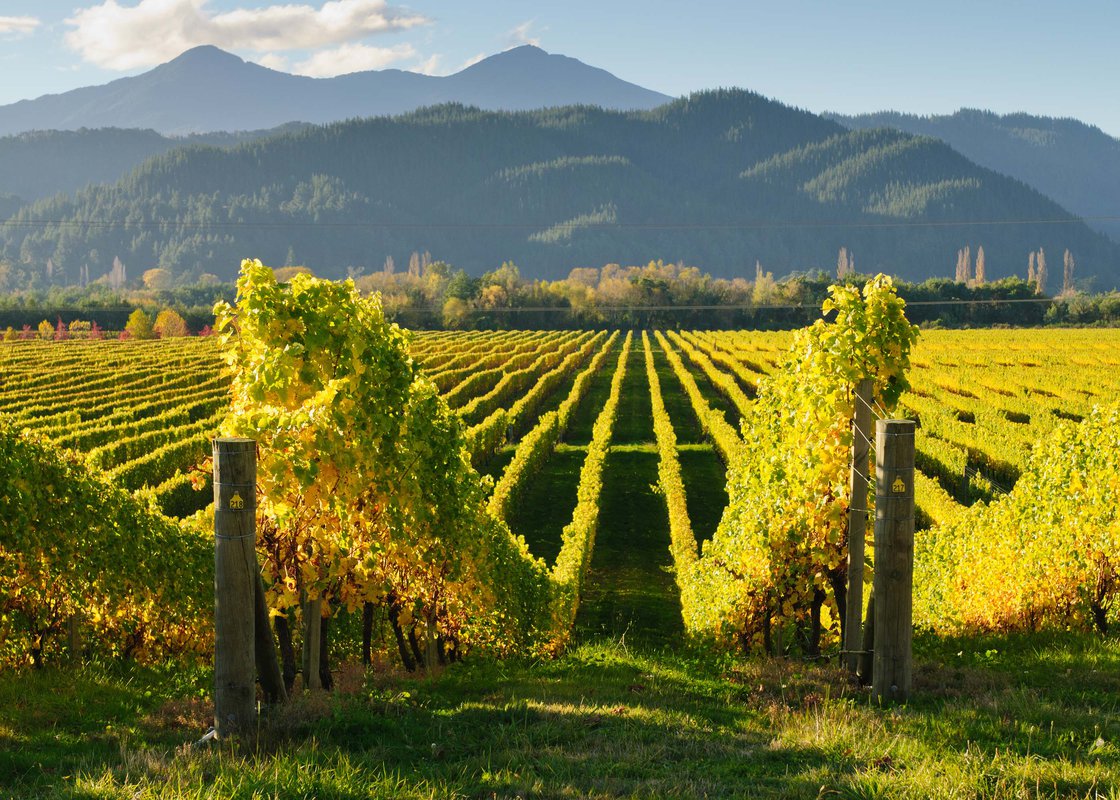
Growing free
From a South Island mountain source, the Pelorus River flows through beech tree forests and into the extensive Marlborough Sounds. It was here that Jackson filmed the famous ‘Dwarves in a Barrel’ scene for The Desolation of Smaug and the nutrient-rich area also creates the ideal growing conditions for New Zealand’s biggest horticultural exports including Spinneys’ big sellers, apples and the kiwifruit.
The unique, bite size Rockit apples are a natural hybrid of New Zealand’s popular Gala and Gala x Splendours and are not much bigger than a golf ball. They thrive in New Zealand’s fertile, moist and slightly acidic soil, as do Zespri kiwifruit, which grow in carefully selected orchards. Kiwis are the divas of the fruit world and can only thrive in perfect growing conditions, with lots of sun and little wind.
The ideal climate
Tolkien’s fictional Middle Earth is roughly 7.7 million square kilometers in area and features deserts, forests, mountain ranges and fjords. Thanks to New Zealand’s hugely varied climate and geography, Jackson filmed the entire Lord of the Rings and Hobbit films without leaving the North and South Islands. It’s this huge variation in climate conditions that allows New Zealand to grow and produce such a wide range of top quality produce, from beef and chicken, to fruit and chocolate and we’ll be taking a more in-depth look at New Zealand’s biggest food brands next time in preparation for the upcoming New Zealand Food Festival.

